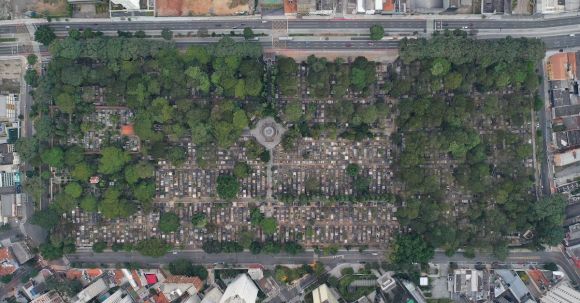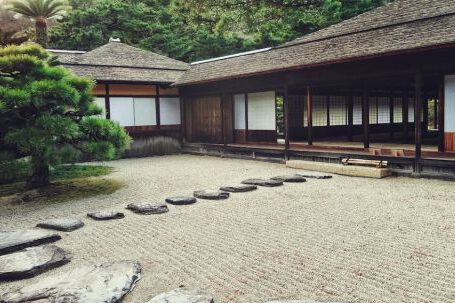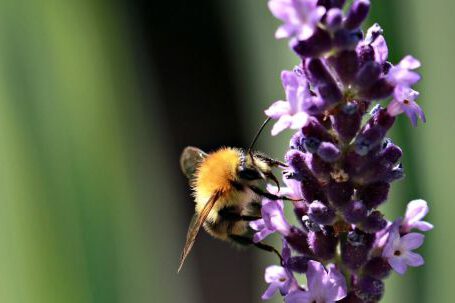Rooftop gardens have become increasingly popular in urban areas as a way to maximize space and bring nature into the concrete jungle. These green oases provide a multitude of benefits, from improving air quality to reducing energy costs. In this article, we will explore some innovative rooftop garden concepts that are sure to inspire.
Sky High Sustainability
One concept that is gaining traction is the idea of creating rooftop gardens that focus on sustainability. These gardens are designed to be self-sustaining, using rainwater harvesting systems and composting techniques to minimize the need for external resources. By incorporating native plants and using organic gardening practices, these rooftop gardens can provide a habitat for local wildlife and contribute to the overall biodiversity of the area.
Vertical Gardens
Another exciting concept is the use of vertical gardens to maximize space in rooftop gardens. These gardens utilize trellises, wall-mounted planters, and hanging baskets to create lush greenery on the sides of buildings. Vertical gardens not only add visual interest but also help to insulate buildings, reducing heating and cooling costs. They can be designed to incorporate a variety of plant species, from flowering vines to edible herbs, creating a vibrant and functional space.
Urban Farming
Rooftop gardens are also being used as urban farms, providing a source of fresh produce in densely populated areas. These farms can be designed to include raised beds, hydroponic systems, and even small livestock. By growing food locally, rooftop farms reduce the carbon footprint associated with transportation and provide an opportunity for communities to connect with their food sources. Additionally, urban farming can be a catalyst for social change, empowering communities and addressing issues of food security.
Green Roofs
Green roofs have been around for centuries, but modern concepts are taking them to new heights. These gardens are created by covering the roof with a layer of vegetation, which helps to insulate buildings, reduce stormwater runoff, and improve air quality. Green roofs can be designed as expansive rooftop parks, complete with walking paths and seating areas, or as smaller, more intimate spaces. They provide a sanctuary for both people and wildlife, creating a peaceful retreat in the heart of the city.
Roof-Top Retreats
Another concept that is gaining popularity is the creation of rooftop gardens as retreats. These gardens are designed to be a serene escape from the hustle and bustle of city life, with features such as water features, meditation areas, and comfortable seating. By incorporating elements of nature, such as plants, flowers, and natural materials, these rooftop retreats provide a sense of tranquility and rejuvenation. They can be designed to reflect different themes, such as Japanese gardens or tropical paradises, allowing individuals to create their own personal oasis.
In conclusion, rooftop gardens offer a myriad of possibilities for creating unique and inspiring spaces in urban areas. From sustainable designs to urban farms, these gardens have the potential to transform our cities into greener and more livable environments. Whether you are looking to maximize space, grow your own food, or simply create a peaceful retreat, there is a rooftop garden concept that can meet your needs. So, why not take advantage of the space above your head and turn your rooftop into a vibrant and sustainable oasis?





